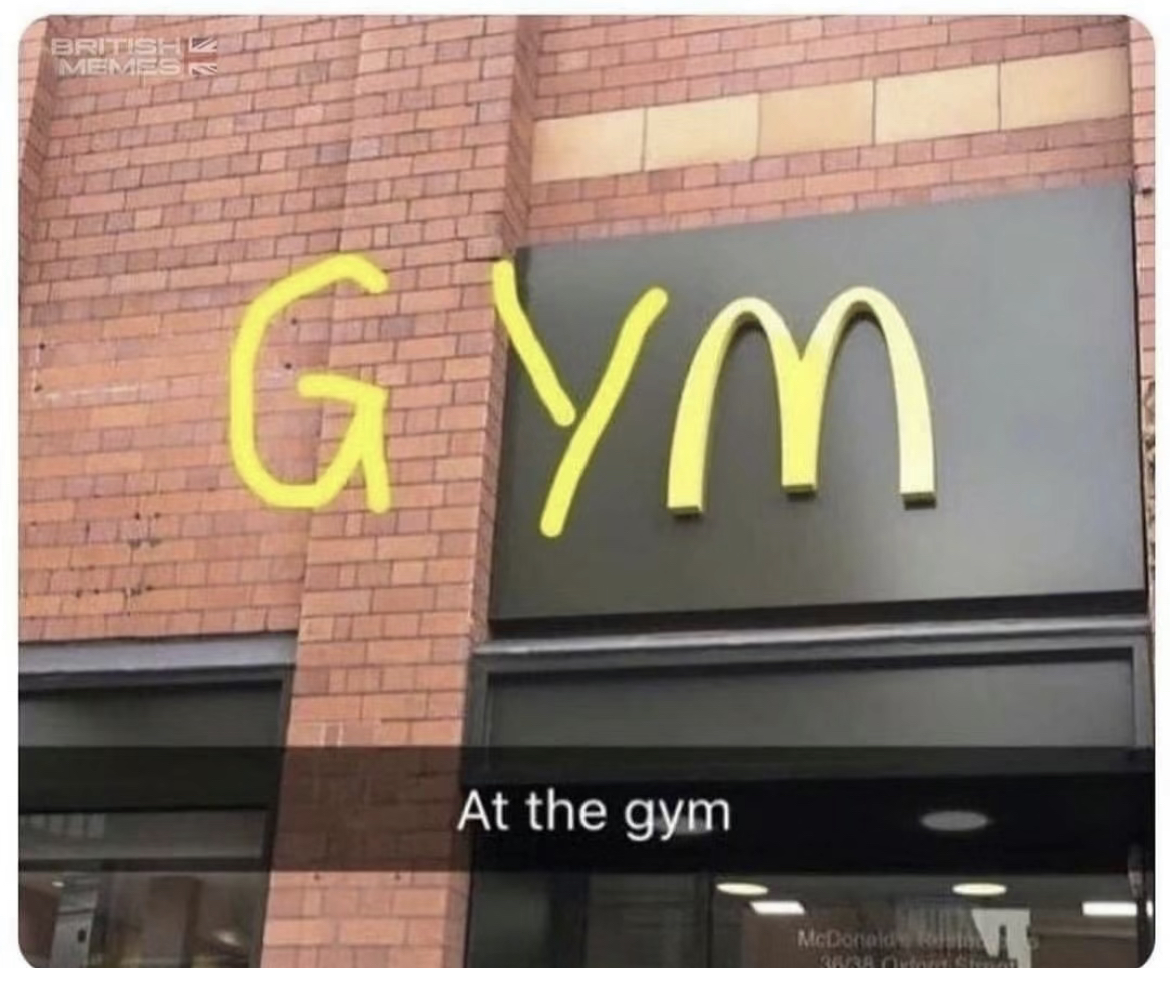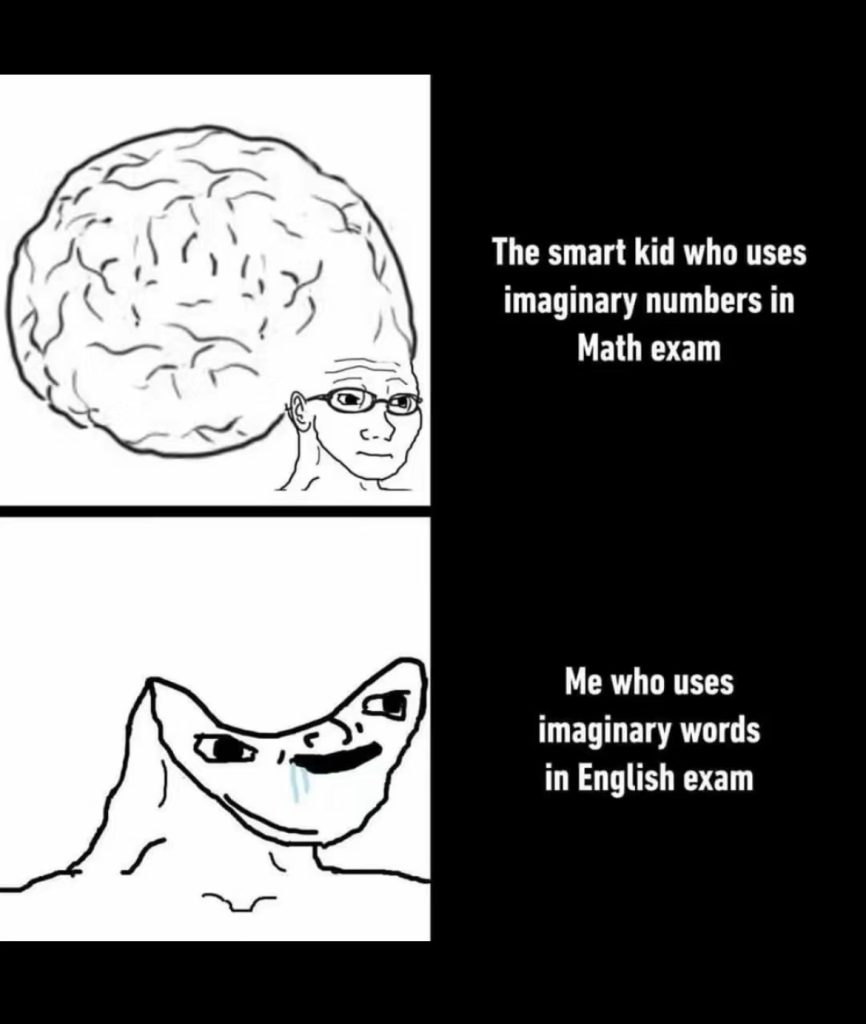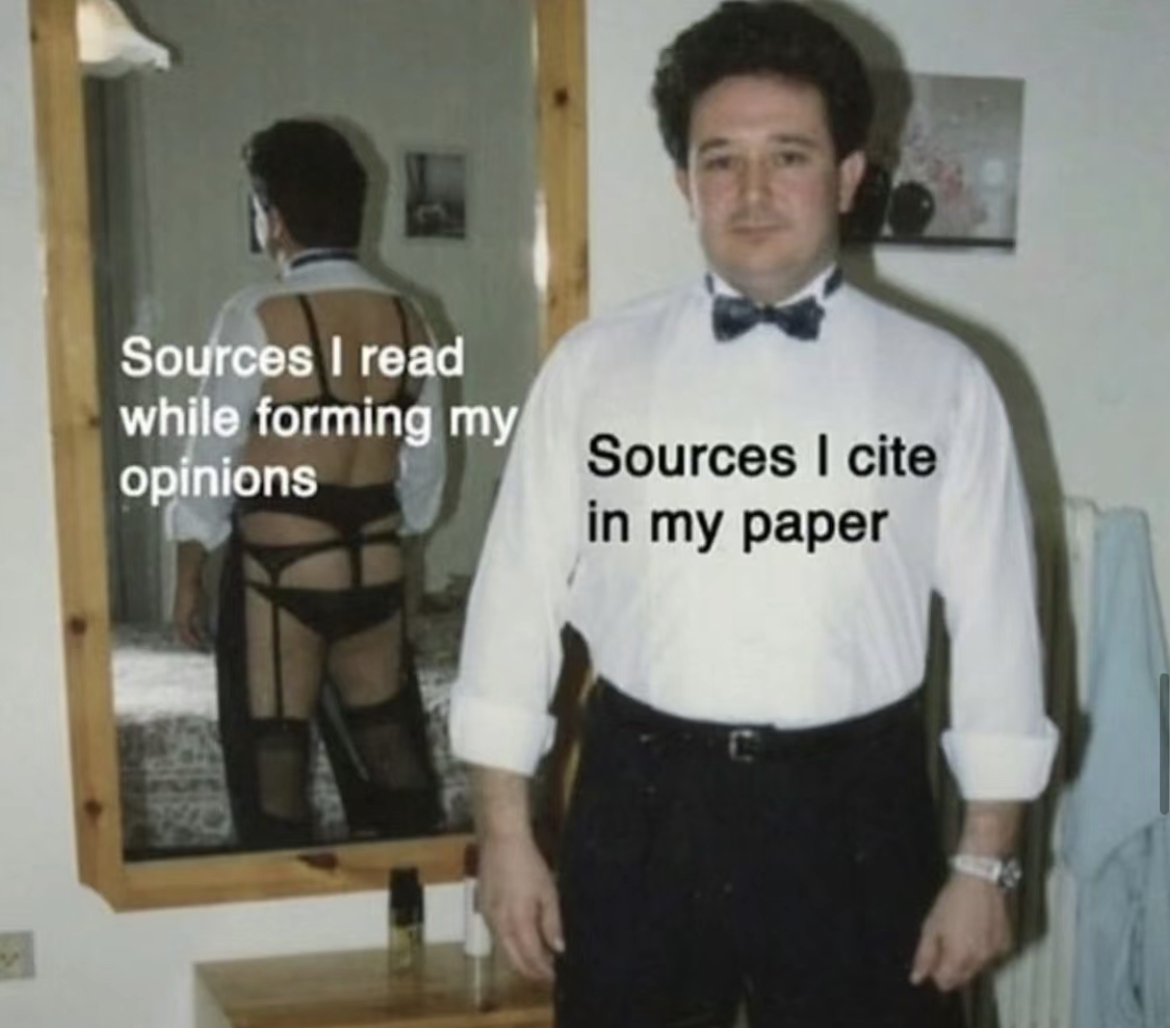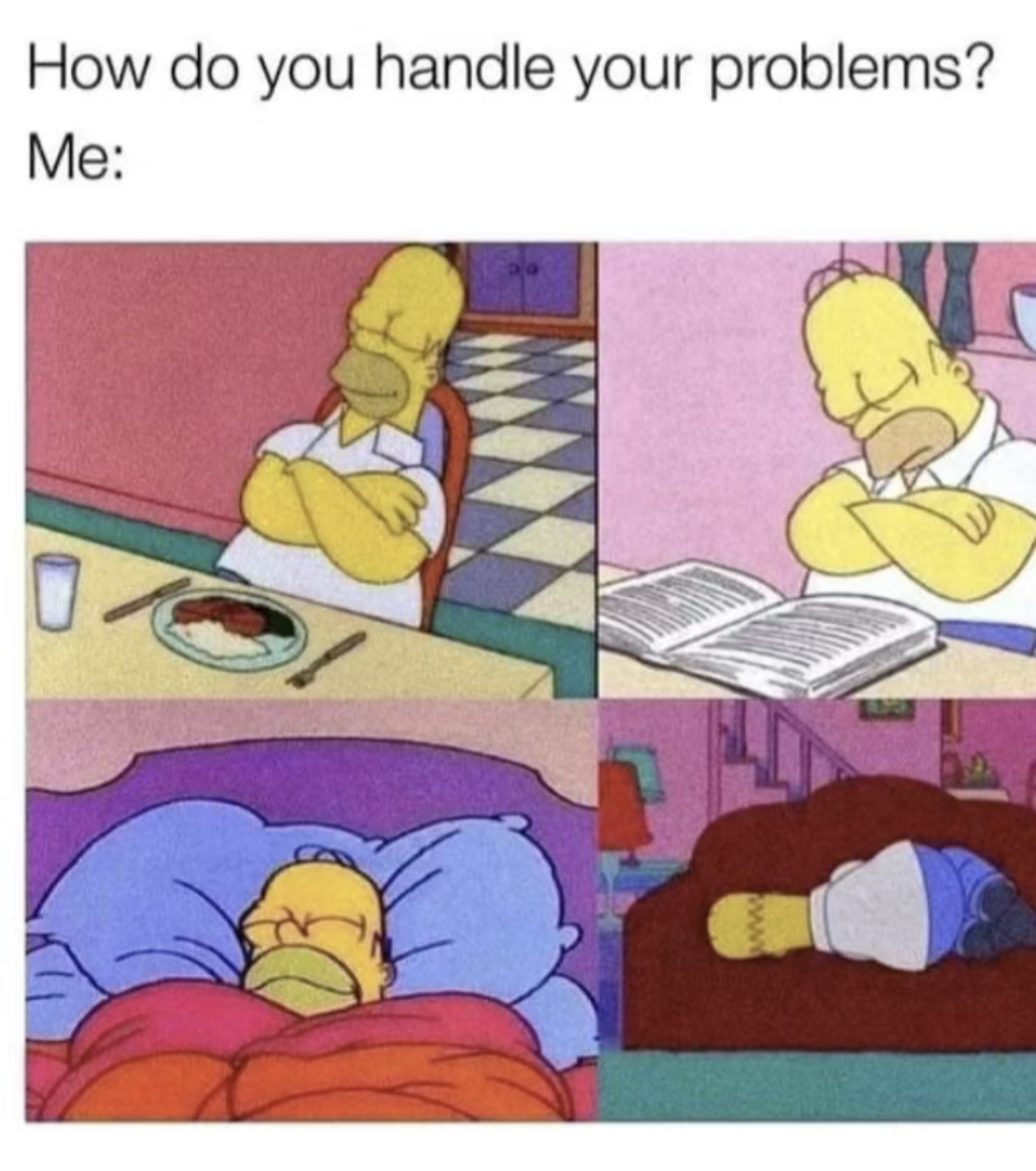When you’re browsing trending topics on social media, have you ever noticed what meaning the topic content in “#” is given? This post, which is stacked with emojis, hashtags, and memes, is carefully coded social media content designed to convey mood and Information —Just like what I’m doing right now. We rarely seem to realize that this seemingly everyday and casual interaction has entered our lives so deeply. They imply the interaction of symbols, meanings, and labels, just Like the encoding/decoding model proposed by Stuart Hall in 1973.

By studying the semiotics through Hall’s model, we can easily associate it with social media. There are three positions that users may be exposed to in the process of decoding: dominant, negotiating, and opposing. These three positions change as users decode the cultural factors behind their decoding and their own understanding.
Social media decoding
However, with the development of encoding/decoding models and the intersection of semiotics and social media, a new type of Internet expression has emerged, which is the emergence of Meme diagrams.
(1) Encoding in Memes:
Memes are created within specific cultural contexts, reflecting the values, norms, and shared experiences of a particular community or society.
(2) Decoding in Memes:
When users encounter a meme, the decoding process unfolds. Hall’s model suggests that individuals might interpret messages differently based on their unique backgrounds, experiences, and cultural contexts.
(3) Negotiation and opposition:
The information of memes is negotiated by the user and analyzed and processed according to the needs of the individual. When users challenge the creator’s original intention in a reverse way of thinking, opposing interpretations will occur

meme: the language of the Internet
Meme is a humorous, often captioned picture or video, which is a form of symbolic encoding in digital media.The meme is viral in nature, and its humour lies in the use of subtle images and textual expressions that allow the user to decode hidden meanings. Such visual symbols can quickly generate interest and convey the power of social commentary.
Applying Stuart Hall’s model to meme, we can see changes. As an encoded message, the creation of a meme reflects the creator’s current mood and point of view. After being shared and reposted countless times, this point of view has been decoded countless times. The key to a meme resonating with people is its ability to respond to the dynamic between Hall’s three positions.
Real life: meme applications in various settings
The influence of memes extends beyond online platforms, impacting cultural discourse.

Political Interpretation
A cryptic meme chart can receive countless shares and appreciations when there is a dissatisfied opinion about a certain political attitude but it is not appropriate to express it in blunt language.
Chatting and comments
I don’t know if anyone has noticed that in today’s day and age we no longer often express our true feelings exclusively in words and phrases. This is when meme charts come out and get the best feelings. When chatting with someone and not knowing what words to use to respond to them, a meme spit will do the trick.
Conclusion
In the semiotics of digital media and in encoding/decoding information, a wide variety of different signs prompt user interaction. memes contain humour, irony and cultural observations that engage the user in the process of decoding, negotiation and opposition, where the visual element transcends language barriers. While the development of meme diagrams demonstrates an evolving symbolic language, language is still complex and not one-sided. We still need to get to grips with the priorities of contemporary communication and use the decoding of information and symbolic communication wisely to provide a rich and dynamic perspective on the Internet.
Reference
Durham,M. G., & Kellner, D.(2006). Media and Cultural Studies: Keywords. In S. Hall, Encoding/decoding (pp.163-173).Available at:<https://www.vlebooks.com/Product/Index/47977?page=0&startBookmarkId=-1> [Accessed 18 November 2023]






Good work pointing out the concept of encoding and decoding with the use of ‘memes’, it makes perfect sense. And some of the memes you’ve picked were actually good as well lol
Thank u! I love the memes too hahaha
Really interesting perspective on how memes fit into Hall’s encoding/decoding model! It’s amazing how these seemingly simple images can convey such complex ideas and emotions. And the way they change as they are shared and reinterpretedвАФit’s like a never-ending dialogue across cultures and perspectives. It definitely makes me reconsider the power of a meme!
Thanks for the comment! That’s a great way to look at it
Hi Routing,
This is really impressive! I didnвАЩt look at the theory in this perspective before, this is a creative and a unique way to understand the theory. I liked how you explained hall’s concept of how decoding depends on every individual’s personal experiences and background in a simpler way. This really depicts the dominance of memes in todayвАЩs world.
I think it’s amazing tooрЯЩИ it seems we need to look at social media from a lot of different perspectives
Amazing ideas on encoding and decoding ! I like how you have used meme to explain the theory of it. Great work!!
thank uвШЇпЄП and you’ve done a fantastic work!